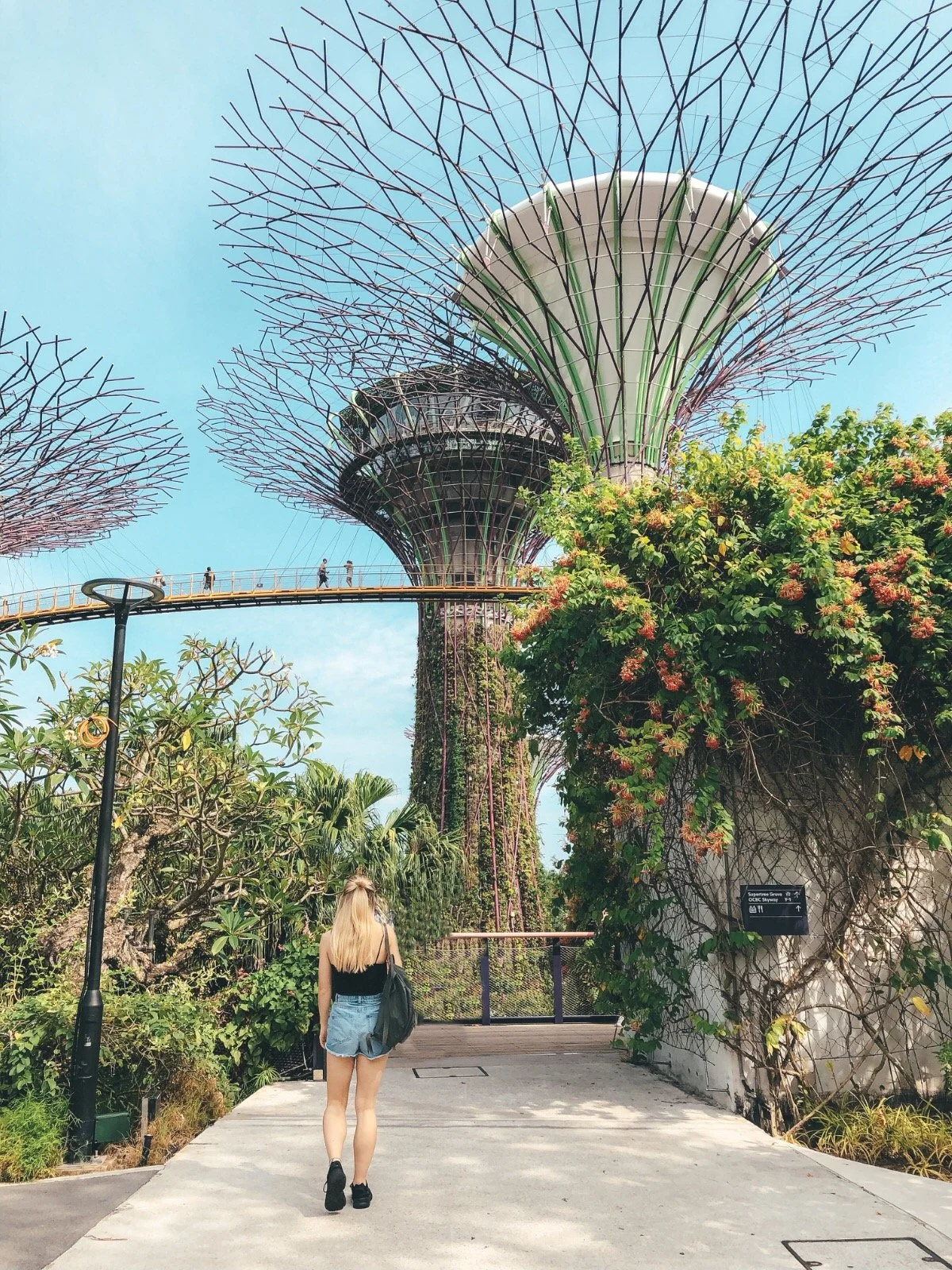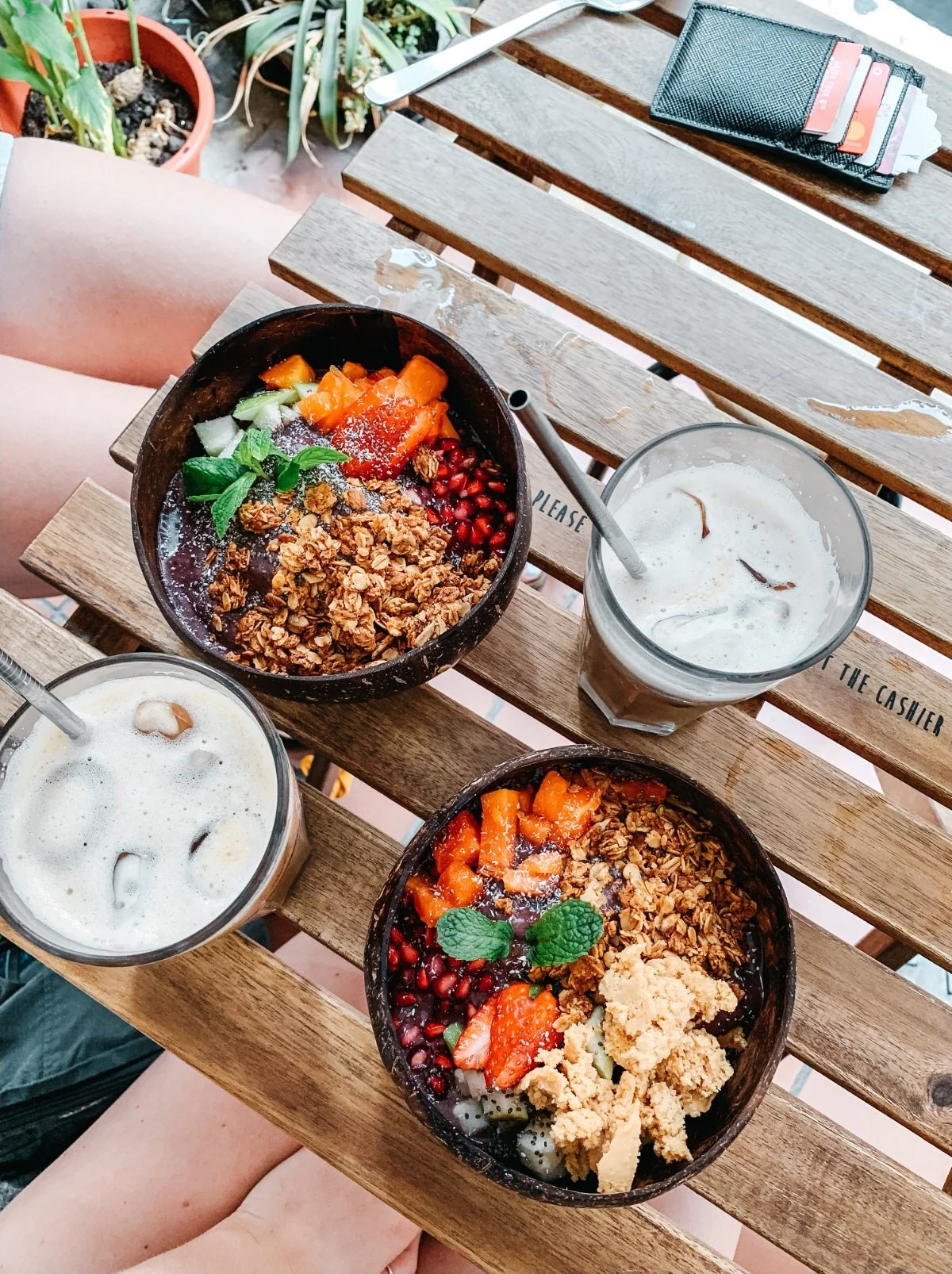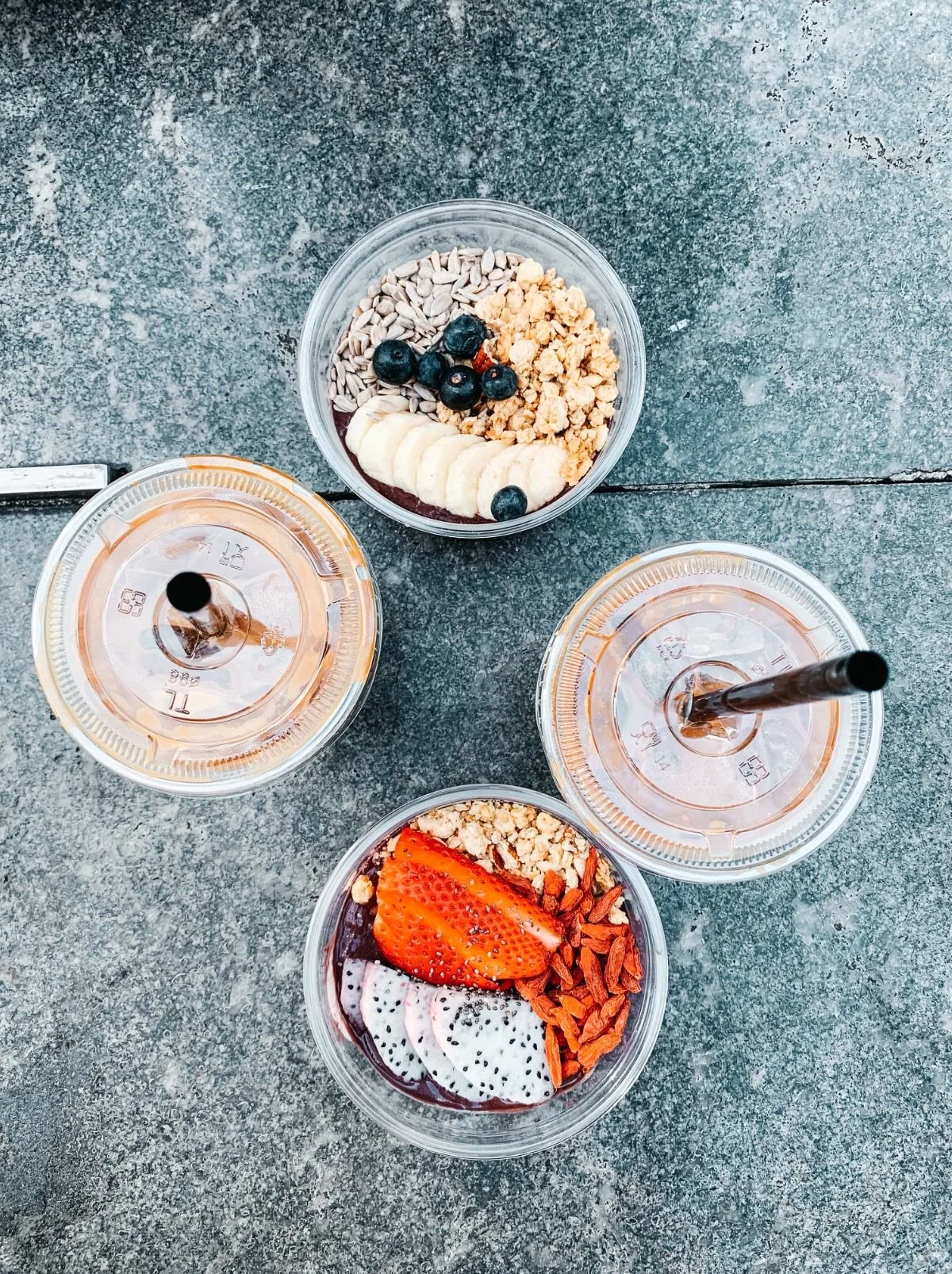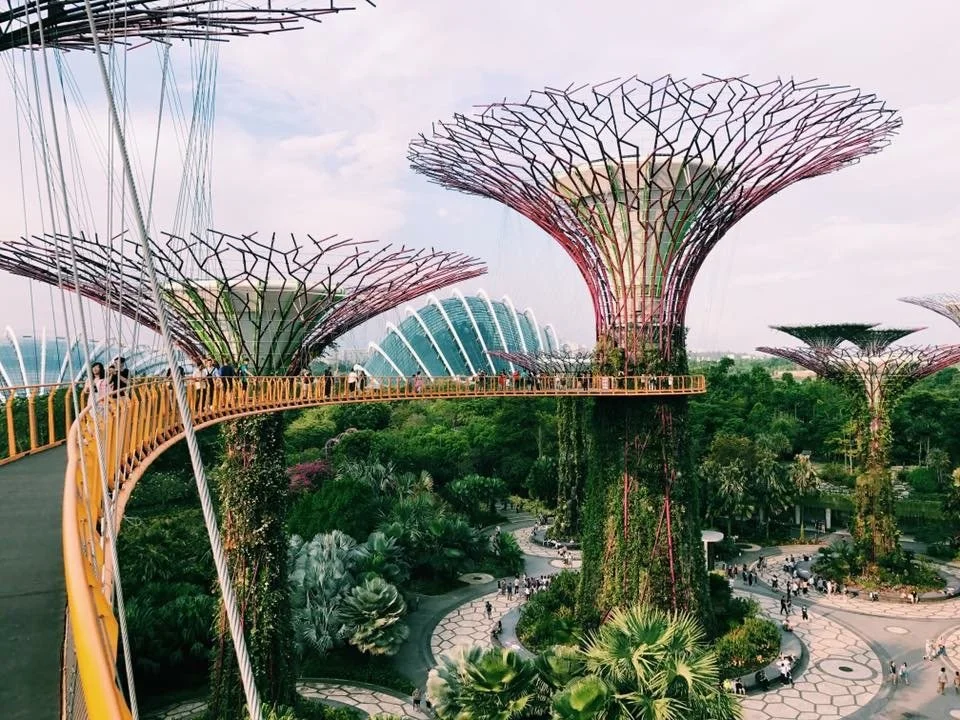City Guide: Singapore
Words and Photography by Hannah Dace
@hannahedace
Singapore is a cultural and gastro melting pot – Malaysian, Indian, Chinese, Arabic and British influences brew a perfect storm in this small but mighty city-state. But its reputation as an expensive, all-in destination can deter even the most discerning of travellers, especially when compared to its neighbours. In reality, though, you can travel the Lion City without needing an endless budget or multiple Monzo cards – here’s how.
Getting around
Singapore’s MRT is impressive (London tube users will never look at the northern line in the same way) – but it’s also surprisingly affordable. The trains are clean, efficient, always on time (another culture shock) and well connected, making this a very easy city to explore – especially with the Singapore Tourist Pass, which is a genuinely good deal. For taxis, download the Grab app in place of Uber. Rides are pretty cheap, although do go up in price post 6pm.
Where to stay
There’s a bed for every budget in Singapore – from iconic and idyllic Raffles Hotel (go here for a taste of the grandeur, history and a Singapore Sling even if you don’t stay the night) to capsule hostel-cum-hotels, which are perfectly suited to those who’re looking to spend most of their time out and about anyway. Beach Road Boutique Hotel is a good option, if you’re wanting to save on where you sleep.
What to do
Singapore is a surprisingly green city – recent years have seen the once concrete jungle give way bit-by-bit to lush, plant-covered hotels and towering skyscrapers doubling up as buzzing ecosystems. This extends to the outskirts too – head slightly out of town to find plenty of walking trails, the MacRitchie treetop jungle walk, the Sungei Buloh wetland reserve, and the Singapore Botanic Gardens.
The Gardens by the Bay – possibly one of the best-known attractions in Singapore – is free to enter. You’ll pay for extras like the space-age-like conservatories (the tropical Cloud Forest was my favourite of the two) – but ultimately you can wander the park, sit with a picnic and enjoy the scenery without spending a penny: including seeing the famous lights show that takes place twice every evening. Connecting the towering SuperTrees is the OCBC Skyway, which costs £4.50. The views are pretty special, so this is worthwhile, but you can also opt to pay for entry to the rooftop bar SuperTree by Indochine – essentially a platformed cocktail bar atop one of the high-tech trees. The entrance is £11 but this includes a glass of wine or beer, so head up here at sunset for views of a skyline dotted with souvenirs.
There are plenty of lovely neighbourhoods to mooch around too – Little India, Bugis, Chinatown, Marina Bay, and Sentosa Island among them. I loved Arab Street and Haji Lane in Little India – here you can find tiny cafés, quirky galleries, and local wares. The streets of Chinatown are filled with temples, craft shops, stalls, and bubble tea stands, plus you can visit the ornate and exquisite Sri Mariamman Temple here for free. Keep an eye out for well-known street artist Yip Yew Chong’s murals depicting scenes from old-world Singapore. And if street art is your thing, Artwalk Singapore have some guided walks outlined on their website.
Sentosa island is off the southern coast of Singapore and has three beaches, an adventure park, golf courses and major tourist attractions (including Universal Studios and the S.E.A. aquarium). Despite all the bells and whistles, you can catch some culture here too. Visit Fort Siloso, a former British naval base and coastal artillery battery. Entry is free, and you’ll learn about the storied history of the island. After, head to one of the sandy strips: the three beaches of Palawan, Tanjong and Siloso differ in scenery, bars and atmosphere. Getting to Sentosa is simple – follow the signs at VivoCity shopping mall station and hop on the 10-minute monorail. A return adult ticket is around £2.
Where to eat
Food is taken very seriously in Singapore, but you needn’t go to the top hotels or rooftop restaurants to taste the best of the cuisine. Each neighbourhood is home to local hawker centres (there are over 100 on the island) where you can pick up quality meals for the equivalent of a London oat latte. Try chicken rice, chilli crab, nasi lemak and laksa soup at Maxwell hawker centre, Newton food centre, Old Airport Hawker centre or Lau Pa Sat hawker market; or start the day early at Tiong Bahru, where you can see the locals shopping for groceries and sample fresh seafood and local fruits. You’ll see families with spreads of Malay satay, Indian curries and Chinese noodles – a stark representation of Singapore’s diversity. One of my favourite hawker market dishes was at Pepper Bowl, Amoy Street Market (not suitable for the spice-averse).
Hawker Chan – a hyper-local restaurant in Chinatown – has claimed the title of the world’s most affordable Michelin-starred meal. Try the soy sauce chicken, char siew hor fun or the combination platter. For breakfast, head to Bread and Hearth – they serve local coffee and baked goods; or pick up an acai bowl and iced coffee from Parallel.
Try roti prata and teh tarik in Little India’s Tekka Center – or hide from the heat at Limaa on Haji Lane: this laidback coffee and smoothie bowl spot has street-side tables where you can watch the bustle of the narrow, art-filled street lined with boutiques, tattoo parlours, yoga studios and vintage weathered shutters.
Hawker Chan
Limaa
Parallel
Pepper Bowl
Extra tips
Staying hydrated: The water is safe to drink in Singapore, so save the planet (please) and your wallet by bringing a refillable bottle with you – we love LARQ’s self-cleaning bottles.
Cocktails and cold beers: Alcohol is relatively expensive in Singapore, so make the most of the various happy hours at some of the island’s best bars.
Deciding your dinner: It might feel counter-intuitive, but if you’re unsure what to eat, join the longest queue in the hawker centres – a sign, if any, that the result will be worth a few stomach rumbles.
OCBC Skyway










